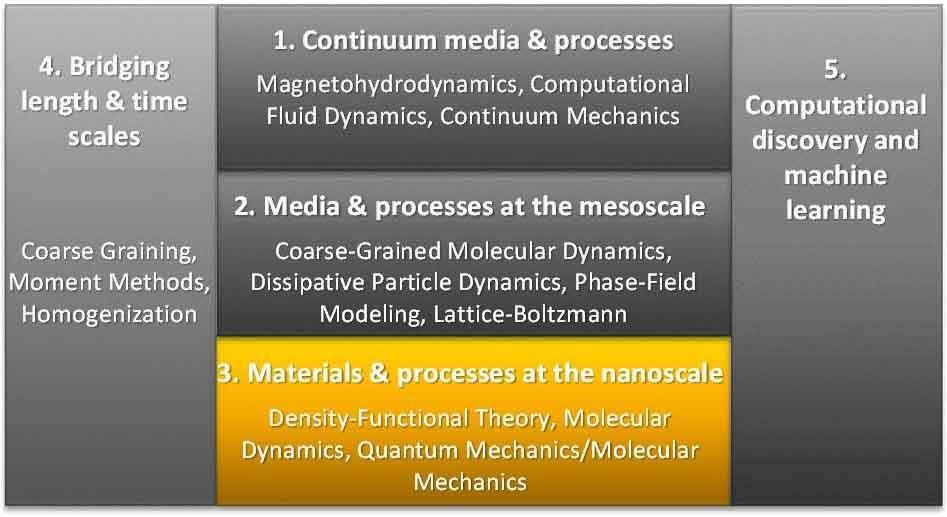The understanding of the properties of materials at the nanoscale is essential in many energy conversion processes, but this understanding is often insufficient or even completely lacking.
Computational research on optimal electrode materials for water splitting is still in its infancy because of the complexity of the reactions taking place at the electrode surface and because these reactions occur in a complex, wet environment. Because of these complexities the kinetic parameters of the relevant reactions are still unknown.
Breakthroughs are needed in the calculation of these parameters with Density-Functional Theory (DFT). This is essential in both photocatalytic and electrolytic water splitting. The latter is important for the experimental Artificial Leaves and photocatalysis research within DIFFER and TU/e.
Fusion-related research on the damage of high-energetic helium nuclei from the scrape-off plasma on PFMs like tungsten using Molecular Dynamics (MD) simulations based on DFT, linked to the experiments carried out at the Magnum-PSI facility, also fits into this research line.
Research that also fits into this research line encompasses i) MD simulations of the nanoscale phase separation in organic solar cells (strong link to experimental Artificial Leaves research), ii) DFT and Monte-Carlo studies of the structure and performance of inorganic nanowire solar cells, iii) atomic-scale MD simulations of heat transport in nanowires for thermo-electrics (strong link to ex-perimental research within Applied Physics).



